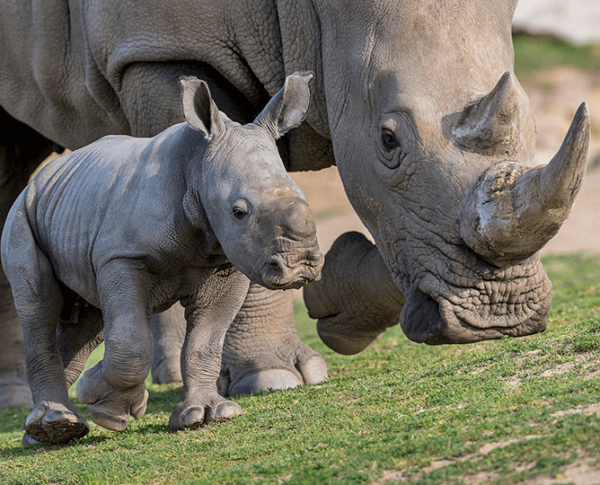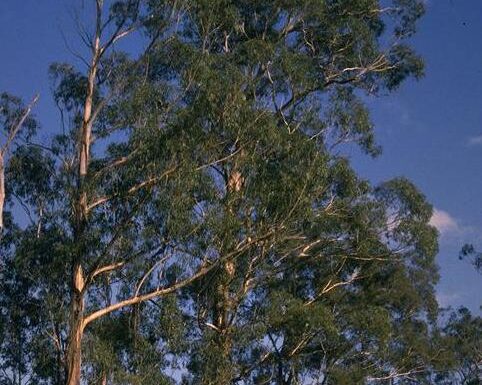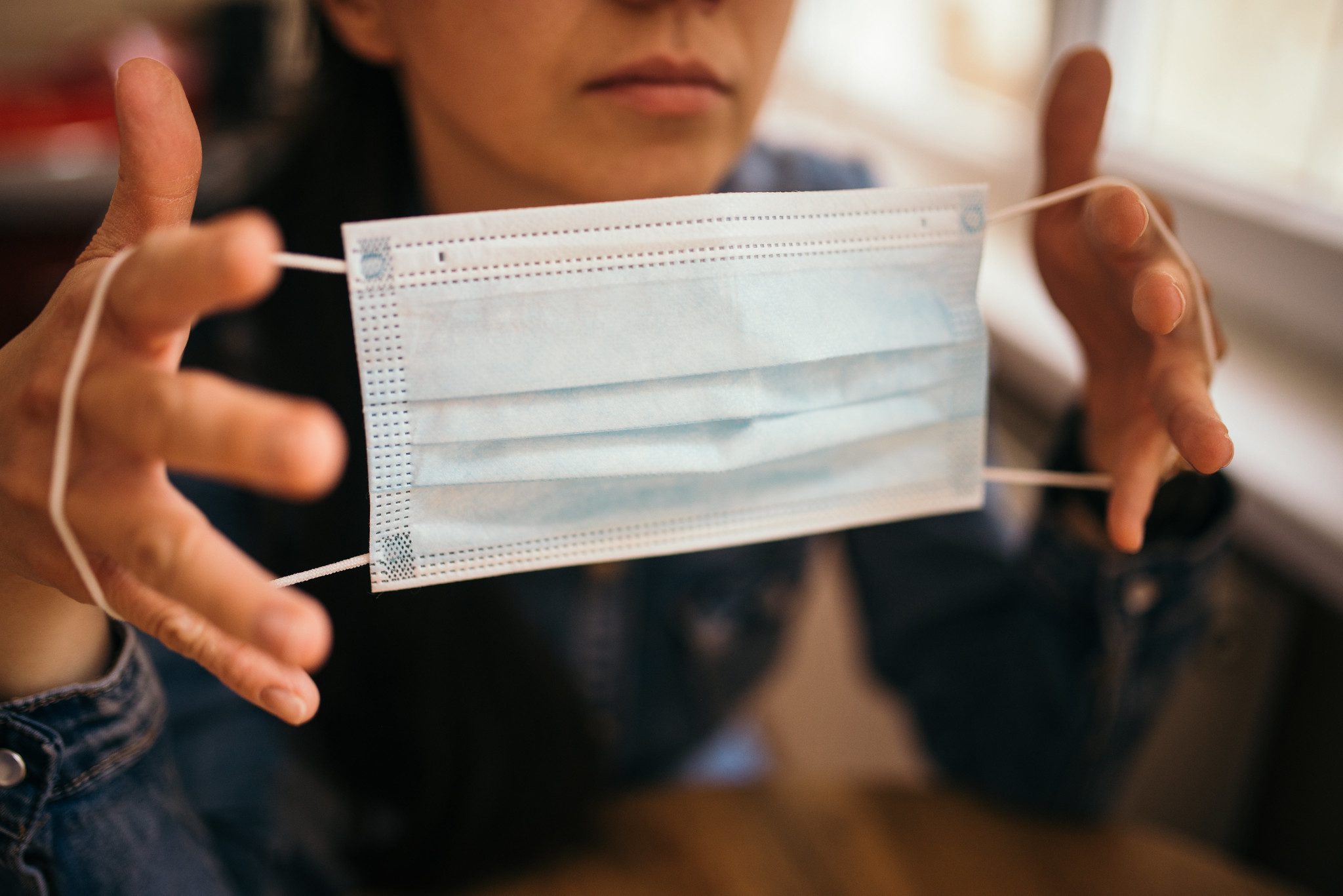Just in time for World Rhino Day on Thursday, the San Diego Zoo Wildlife Alliance Tuesday announced a six-week-old male southern white rhino calf at the San Diego Zoo Safari Park has been given a name: Neville.
The name was chosen by a supporter of San Diego Zoo Wildlife Alliance, in honor of a South African doctor who made a positive impact on the donor’s life.
According to the zoo, the energetic and confident calf is thriving and has been experiencing many new firsts since his birth on Aug. 6, including meeting other rhinos, and gaining enough stamina and bulk to now explore the 2-acre main habitat at the Nikita Kahn Rhino Rescue Center.
He can be seen running at top speed around the habitat, frequently stopping to splash around and roll in mud wallows. Rolling in mud is a natural behavior of rhinos. Rhinos coat themselves with a thick layer of mud that acts as a sunscreen and bug repellent, and helps to keep them cool.
In addition to spending time with his mother, Livia, Neville was recently introduced to two of the other adult females residing at the Rhino Rescue Center: Victoria and Wallis. Under the watchful eyes of Livia, the calf often interacts with the two adults — sometimes engaging in playful behavior, including head-butting or just curiously watching their activities.
Neville was born at around 110 pounds and is gaining 3 to 5 pounds a week. He currently weighs 250 pounds. When full-grown, at around 3 years of age, he could weigh between 4,000 and 5,000 pounds, and stand 6 feet tall at the shoulder.
San Diego Zoo Wildlife Alliance leaders said all rhino births are significant, and Neville’s birth shows Livia can carry a calf to term and care for her offspring. Livia is now among the candidates at the Nikita Kahn Rhino Rescue Center who could potentially serve in the future as a surrogate mother to a northern white embryo.
Only two northern white rhinos remain on Earth, residing at a wildlife conservancy in Kenya. The work being done to conserve the northern white rhino may also be applied to other rhino species. The zoo’s Northern White Rhino Initiative is attempting to save the northern white rhino through reproductive technologies, including artificial insemination, in vitro fertilization and embryo transfer.
At the Nikita Kahn Rhino Rescue Center, a team that includes wildlife care and health teams, reproductive physiologists and geneticists is working with southern white rhinos as a model for developing these technologies, with the ultimate goal to establish a population of northern white rhinos using banked genetic material.
There are five species of rhino: white, with a population estimated at 18,000, and black, estimated at 5,600, in Africa; and greater one-horned, estimated at 3,600, Javan, estimated at 74, and Sumatran, estimated at 80, in Asia.
Rhino numbers are dwindling, primarily due to poaching and habitat loss.
According to the zoo, southern white and black rhinos are mega- herbivores, grazing on grasses — which helps maintain the diverse African grasslands, increasing plant diversity and providing grazing areas for other animals that share their native habitat, such as elephants, zebras, antelope and gazelles.







